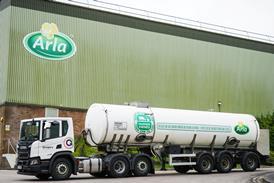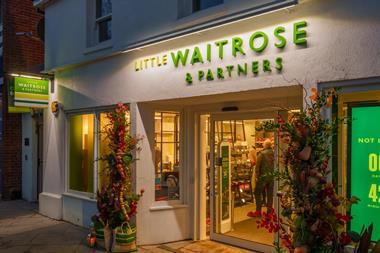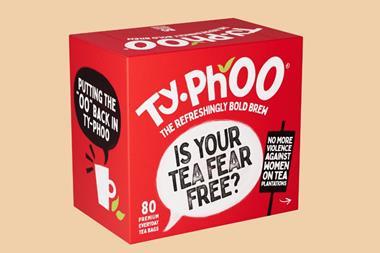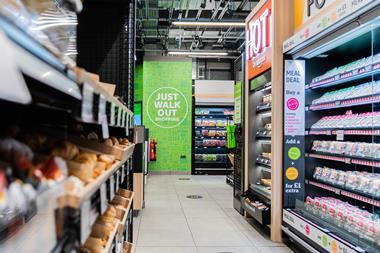from Owen Warnock, partner, Eversheds LLP law firm
Sir; I read with interest your article on the Food Standard Agency’s labelling proposals (‘Green light for a big fight’, The Grocer, November 19, p4). While this system is designed to offer consumers ‘at a glance’ information, it is still too basic and is likely to be met with resistance from the industry.
The government has no power to make a traffic light system legally mandatory, so widespread agreement within the food industry is vital for any voluntary scheme to work.
With obesity on the rise and pressure for clearer food labelling, the government is keen for shoppers to know what is in food so they can choose a healthier lifestyle. While a traffic light labelling system seems like a good idea in theory, in practice there is debate about which foods are ‘good’ and ‘bad’ and appropriate levels of nutrients. So how can foods be labelled red, amber or green?
There is also the key point that a traffic light system takes no account of the size of the helping consumers eat.
It is good to see the FSA has heeded comments from consumers and the industry that the previous traffic light system was too basic and has proposed a more detailed scheme. However, earlier this year Tesco departed from the FSA proposed schemes. It chose its own system where information was put on labels about salt, sugar, fat and calorie content in grams and how that related to the recommended daily intake.
It was designed to avoid questions of interpretation and advice - and to let consumers decide for themselves. Many other retailers have followed suit and the FSA will face a battle to convince them that adopting a single, simple model will be the best way forward.
Until there is a voluntary system with which all major retailers and manufacturers are satisfied, inconsistency in food labelling will persist.
Those who stand to be affected by the proposed changes need to make their voices heard and the ongoing consultation period is the perfect opportunity. It is an issue that is likely to run and run.
Sir; I read with interest your article on the Food Standard Agency’s labelling proposals (‘Green light for a big fight’, The Grocer, November 19, p4). While this system is designed to offer consumers ‘at a glance’ information, it is still too basic and is likely to be met with resistance from the industry.
The government has no power to make a traffic light system legally mandatory, so widespread agreement within the food industry is vital for any voluntary scheme to work.
With obesity on the rise and pressure for clearer food labelling, the government is keen for shoppers to know what is in food so they can choose a healthier lifestyle. While a traffic light labelling system seems like a good idea in theory, in practice there is debate about which foods are ‘good’ and ‘bad’ and appropriate levels of nutrients. So how can foods be labelled red, amber or green?
There is also the key point that a traffic light system takes no account of the size of the helping consumers eat.
It is good to see the FSA has heeded comments from consumers and the industry that the previous traffic light system was too basic and has proposed a more detailed scheme. However, earlier this year Tesco departed from the FSA proposed schemes. It chose its own system where information was put on labels about salt, sugar, fat and calorie content in grams and how that related to the recommended daily intake.
It was designed to avoid questions of interpretation and advice - and to let consumers decide for themselves. Many other retailers have followed suit and the FSA will face a battle to convince them that adopting a single, simple model will be the best way forward.
Until there is a voluntary system with which all major retailers and manufacturers are satisfied, inconsistency in food labelling will persist.
Those who stand to be affected by the proposed changes need to make their voices heard and the ongoing consultation period is the perfect opportunity. It is an issue that is likely to run and run.













No comments yet